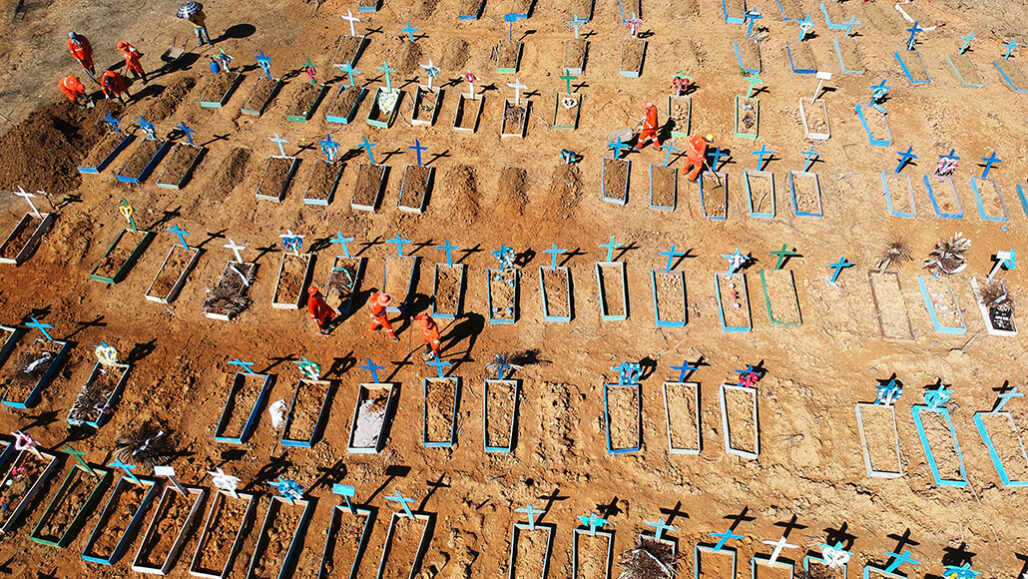A Brazilian city devastated by COVID-19 may have reached herd immunity

The Brazilian city of Manaus was hit hard by COVID-19. At the peak of its epidemic in late spring, the city of over 2 million people had 4.5 times as many deaths as expected for that time of year. Hospitals and cemeteries struggled to keep up, and mass graves were dug to bury the dead. But then, cases and deaths steadily declined, despite a relaxing of social distancing measures.
That trajectory has prompted some researchers to suggest that Manaus has reached herd immunity. In a report posted September 21 at medRxiv.org that has yet to be peer reviewed, researchers propose that herd immunity developed in the city after 44 to 52 percent of the population was infected at the epidemic’s peak, and that slowed subsequent spread of the virus.
“These are the highest [infection] levels I’ve seen,” says Elitza Theel, a clinical microbiologist at the Mayo Clinic in Rochester, Minn., who wasn’t involved in the study. That high infection rate may very well have impacted the trajectory of the epidemic. “That is how herd immunity works,” she says. “But it comes at a high cost … their death rate was very high.”
Herd immunity occurs when enough people become immune to an infectious disease, either through infection or a vaccine, causing an epidemic to slow down as the pathogen is starved of susceptible hosts (SN: 3/24/20). Scientists are still working out what the herd immunity threshold would be for COVID-19; most estimates are around 40 to 60 percent of a population.